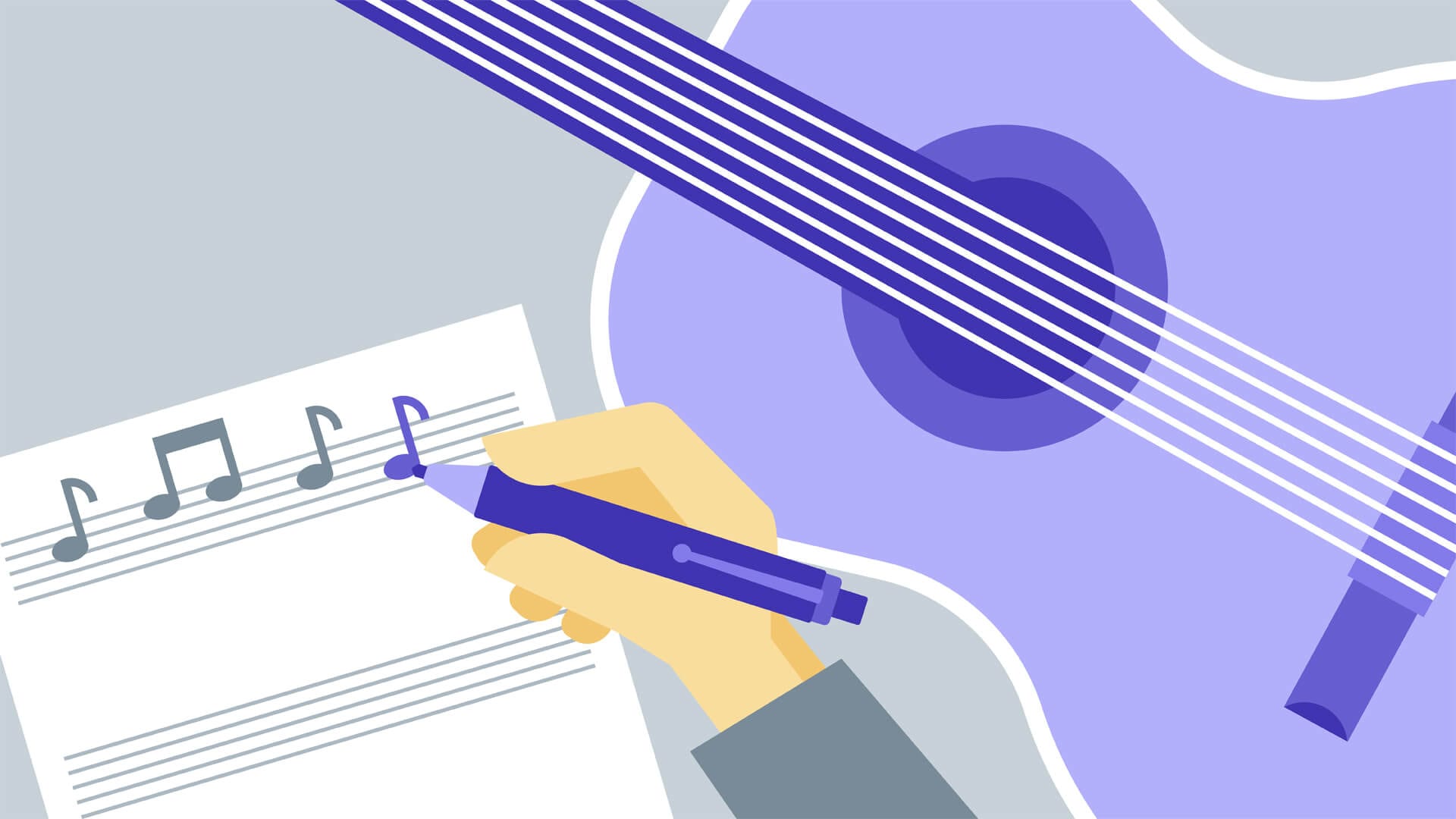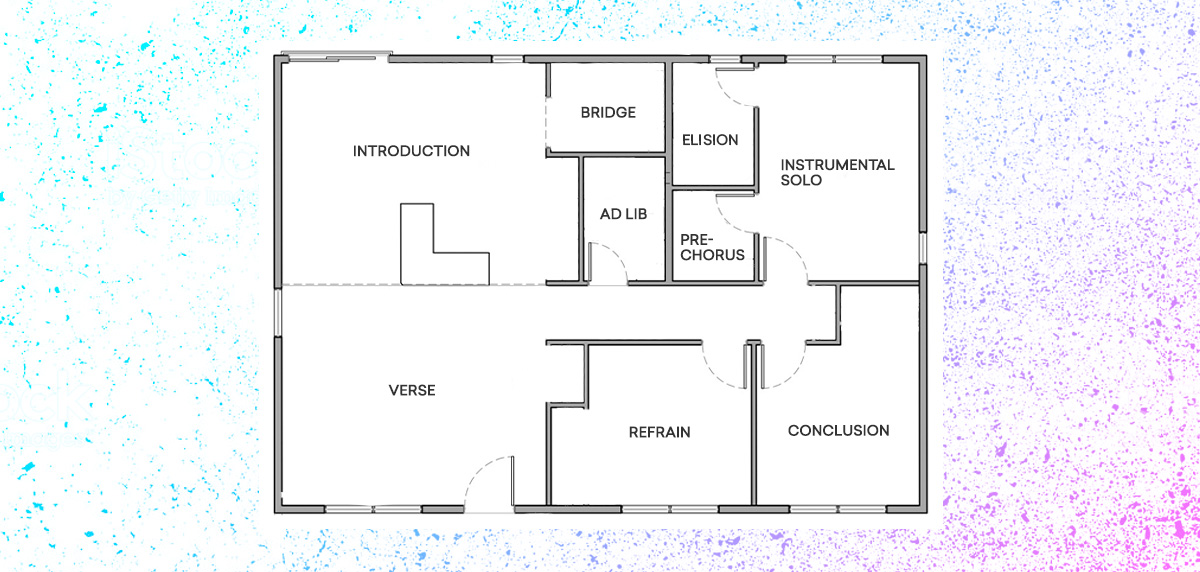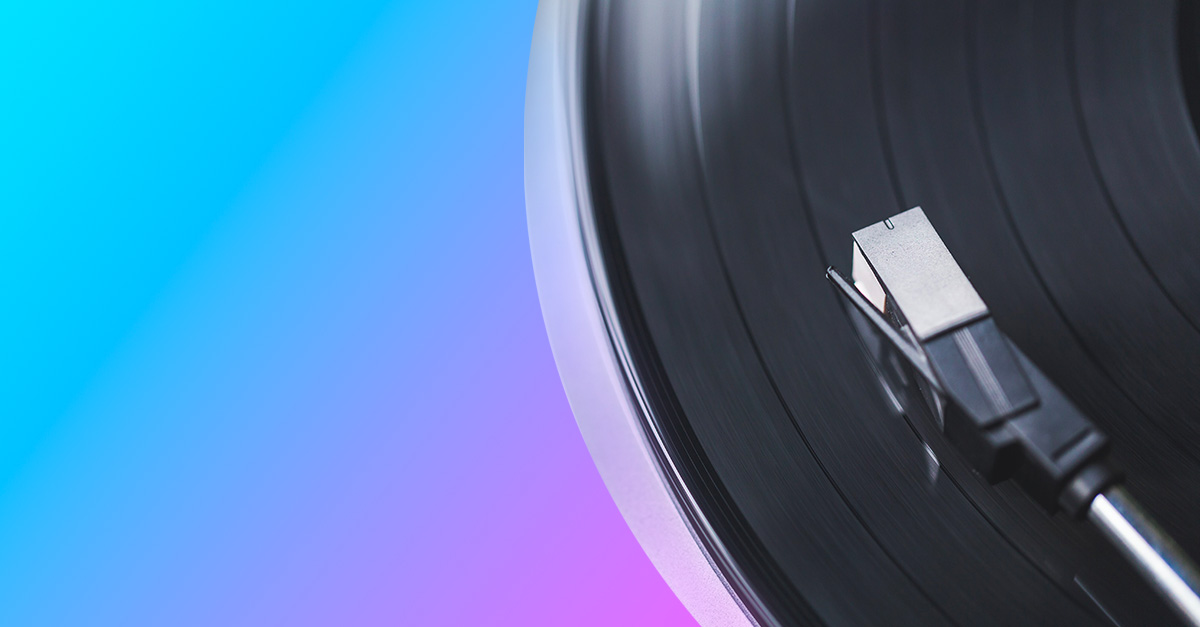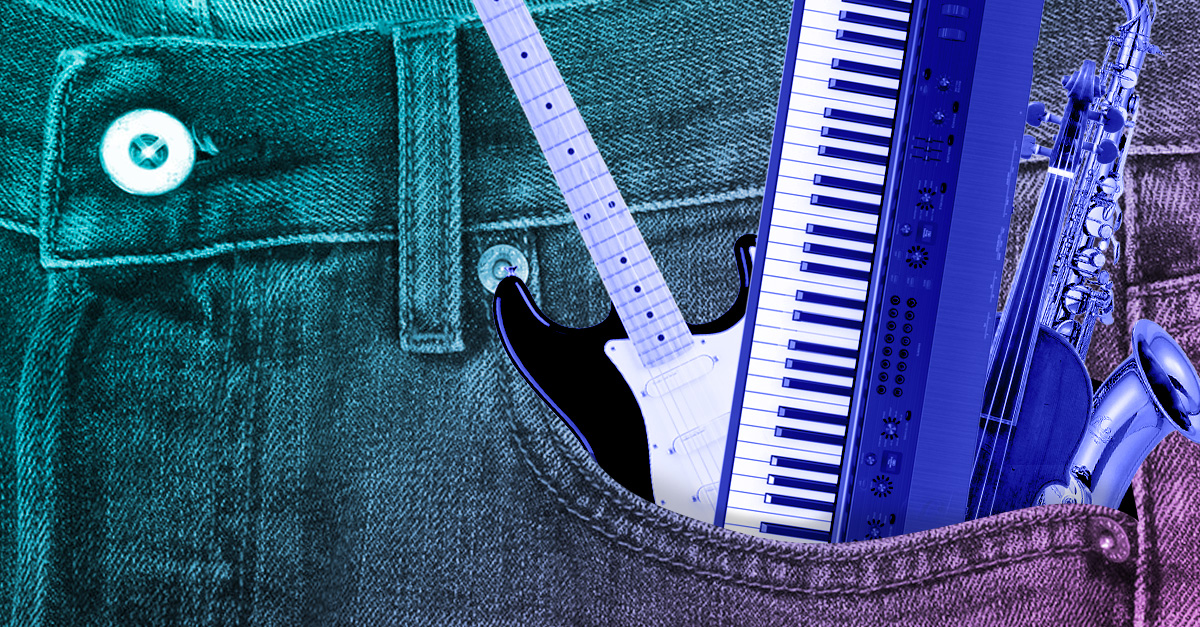Unsure about how to start a song?
It is simple to feel lost and uninspired with your songwriting sometimes.
Staring at a blank page or empty DAW session could be anxiety-inducing.
However, it isn’t as terrible as it seems. Keep in mind, when it comes to songwriting there are no wrong answers. You just have to select the best starting point and commit!
So to get you started on starting here are 7 places to focus your opening energy to beat your creative blocks:
1. Start with a tone
Getting an awesome tone on your synth or guitar rig could be really inspiring.
Tones help to inform the vibe of your track. The right tone brings a mood into focus and helps you generate ideas to flesh it out.
So attempt something with the gear you have never done before:
- Put your effects pedals or effects plugins in a different order
- Edit a particularly weird preset on your synth
- Or attempt a bizarre recording experiment
When you have found the best tone, let its mood or color inform your next steps. The other elements of your track should start to take shape—all from one inspiring tone.
2. Start with a structure
Sometimes you need a map to get where you are attempting to go. Songwriting is not any different.
Try to start a song with a plan of how you want to construct your track. A plan will help you see the scope of your track before you even start.
Deciding upfront if you want a verse-chorus-verse pop song or a long-form drone piece could make getting began less intimidating.
After you make your initial plan, keep in mind to be adaptive to the direction your track begins to take. There is nothing wrong with taking a shortcut or opting for the scenic route if something is working.
No matter how you end up at the finish line, start a song with a plan will provide you with some useful creative road signs before you even begin.
3. Start with a hook
Start a song with a vocal melody that is catchy and singable on its own will provide you with a strong focal point to build your track around.
Some genres put more emphasis on a vocal hook than others, however, it’s a valid method to begin for a lot of kinds.
Even when you aren’t a vocalist, singing is a basic method to connect with your music. Attempt singing or humming along to see when you can catch a hook for your track.
Hooks do not always come automatically once you decide to turn them on, however, they could pop into your head at the weirdest times. Save these ideas when you could and come back to them for beginning points.
4. Start with a groove
Start a song with a groove is a good way to define the overall feel of a song before you begin.
Attempt laying down a drum groove in your DAW, or utilize a looper pedal to create a rhythmic pulse with your instrument of choice. Drum loop samples can work as well.
Think of it as a more musical click on a track to get you going. Try out some new meters or polyrhythms to develop your groove library.
They do not even want to finish up within the last model of your tune both. Simply allow them to be beginning information.
5. Start with the harmony
Chord progressions are the backbone of your tracks. Growing your chord progressions early could help you solve structural issues up front.
Beginning with the harmony will provide you with a contextual canvas to experiment with the other elements. It could be simpler to come up with a melody by improvising over chords than to just pull one out of the air.
Listen to how different chords compliment each other as you combine and match. You do not have to play by the rules either—chords are more like beginning points anyway.
Experiment with some odd progressions to get yourself began. If it sounds good, it’s good!
6. Start with a lyric
Sometimes the whole mood of a track could come from one line. Do not worry when you get an excellent lyric before you have a song to go with it.
Getting a lyric first could help you find a more natural-sounding text setting for your track.
Start a song with a phrase and craft a melody to greatest match your words. It could be a great starting point for helping the other elements emerge.
7. Start with a riff
A short, memorable melodic figure could play an enormous role in your songs. A riff could evolve into a lead, a bassline or a vocal.
Utilize a strong riff to begin your track with a built-in identity.
Riffs cast a pretty big shadow in music history for a reason. A great riff could be all a track needs to get began.
Attempt playing around with single-note lines on your instrument. The best riffs feel as good to play as they sound, so go with your gut.
Break Through the Startosphere
Beginning a track does not have to be scary. Inspiration could come from so many places.
Experiment with those different beginning points to find their effect on your own creativity.
Do not stress about writing a chord progression in case you’d rather just riff or tweak knobs.
Different approaches lead to different songs. You just want to find the one that matches your vibe at the moment.
Now that you have a few ideas to kickstart your next session, get back to enjoying the endless possibilities of beginning a new tune.




